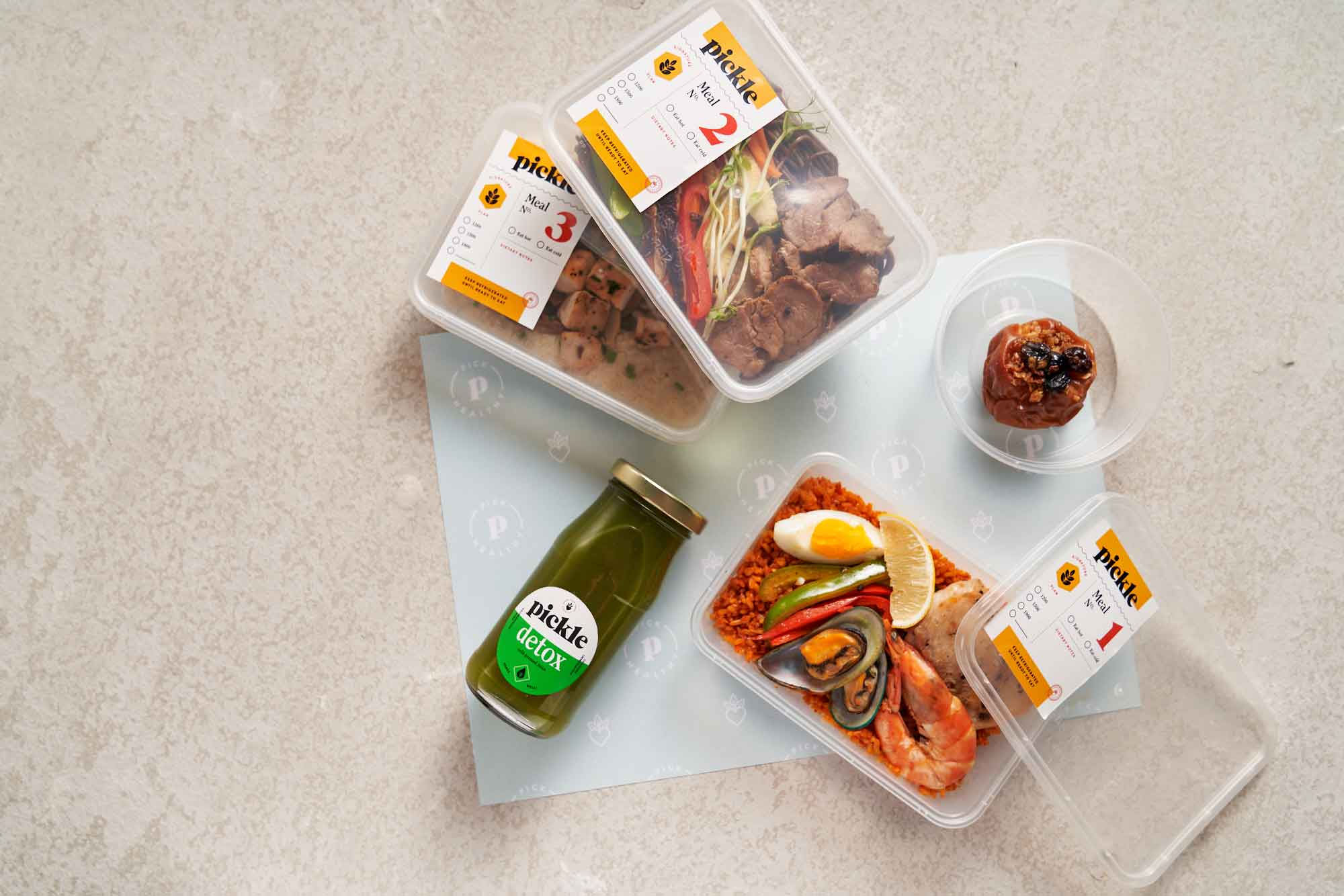Food safety is not a popular topic compared to calorie monitoring. People are more concerned about making a well-balanced meal or on what food will make them better in sports performance. However, food safety is as important as the topics mentioned above. Safe food preparation is the foundation of a healthy meal. The nutrients you opt to consume from food will be put to waste if you cannot eat the meal due to food safety concerns. Rotten or bad food shows that the nutrients are already lost. Thus, the U.S. Food and Drug Administration recommends these easy ways to ensure that the food you prepare is safe for consumption.
1. Clean
Always keep your equipment, cooking utensils, and your surroundings clean. Washing thoroughly the cooking utensils before and after use will prevent any bacteria from accessing your food before cooking. Cooking counters should be cleaned as well. You can do this by washing it with soap and warm water before and after use to prevent attracting pests in your workstation. Food must also be rinsed before cutting, particularly fruits and vegetables to wash away dust or any particles that will contaminate your meal.
2. Separate
Aside from cleaning, separation of cooked and raw foods is a must to ensure safety. Raw food can contain bacteria and other contaminants that will be transferred to cooked food once they come in contact. You can ensure that cooked and raw food are kept apart by using separate cooking utensils. For example, you should use separate knives and cutting boards for raw meat and for sandwiches or fruits that will be eaten without prior cooking. Raw meats and raw vegetables should be kept separated. Bacteria from raw meat need a longer time and higher temperature to be killed; this is not a good cooking condition for vegetables and can make your veggies overcooked.
3. Cook
Cooking your food thoroughly is the best way to keep your food safe for consumption. Since food is composed of various nutrients, your food will be completely cooked at a different temperature. Chicken is cooked at 165 O F (74 O C), slightly higher than fish, beef, and pork (145 O F/ 63 O C). Ground meats, whether beef, pork, or chicken are cooked at 160 O F – 165 O F (71 O C – 74 O C). Soups and stews are fully cooked at 165 O F (74 O C). In checking the temperature, the best way is to use a cooking thermometer. Make sure to get the temperature at the thickest part of the meat or at the center part of soups and stew while avoiding touching the sides or bottom of the pot.
4. Chill
Properly chilling your leftover food will determine whether you can still eat the meal after storage. We have a 2-hour rule in preserving the nutrients and palatability of the meal. This means that food should be consumed or should be put in the refrigerator or freezer within 2 hours. Just make sure that the food is not too hot when putting in the refrigerator as it can affect the efficacy of cooling.
When reheating the leftover food, aim to reach the designated internal temperature listed above.
Many health cases have been reported because of food safety negligence, particularly at the preparation stage, which is preventable once done properly. Food preparation at home is one way to ensure the health and wellness of yourself and your family.
We Make It Easy To Pick Healthy.
Established since 2015. We are a healthy food delivery service offering delicious calorie-controlled and macro-balanced meals. Prepared by chefs and nutritionists with your health in mind.

